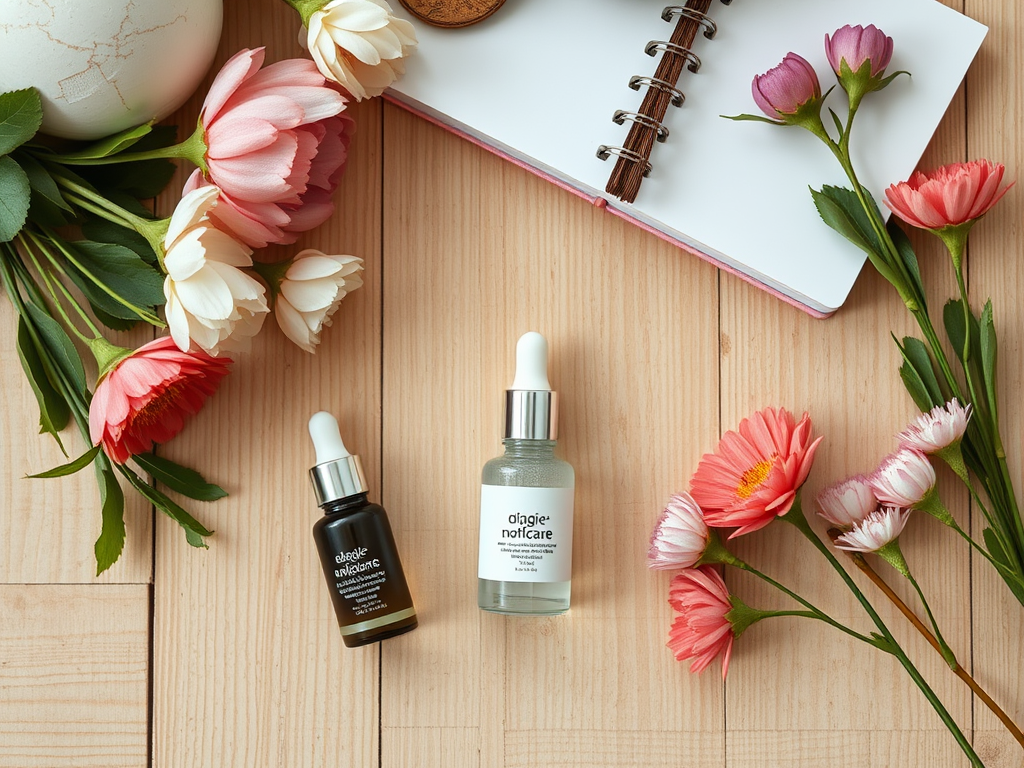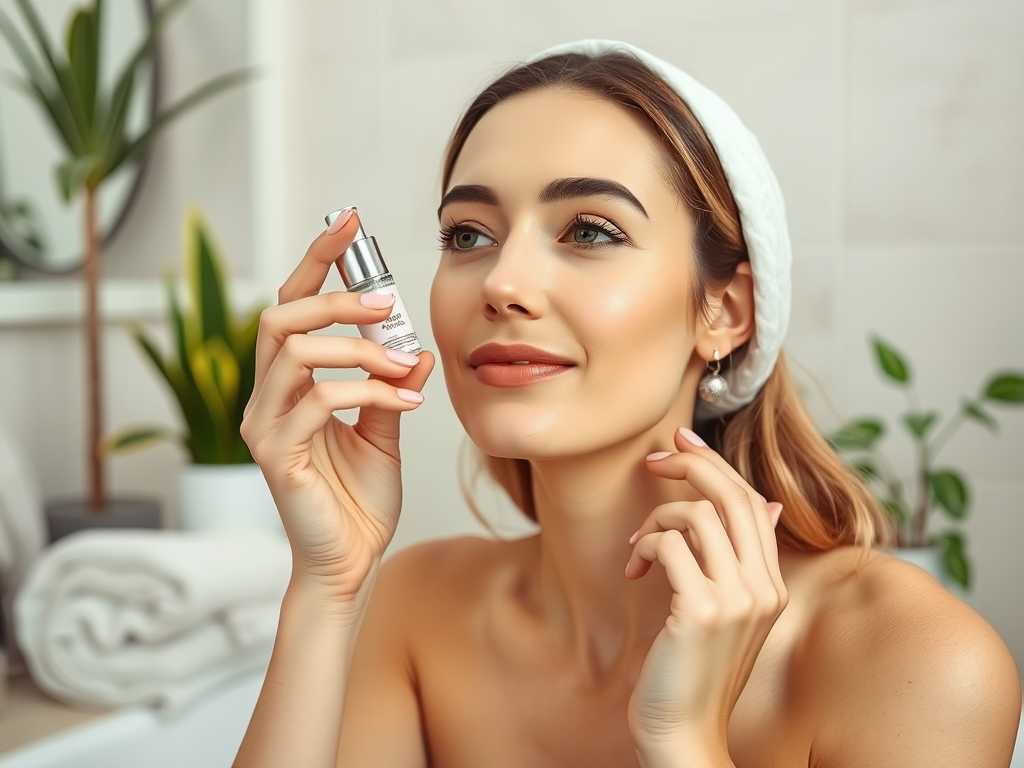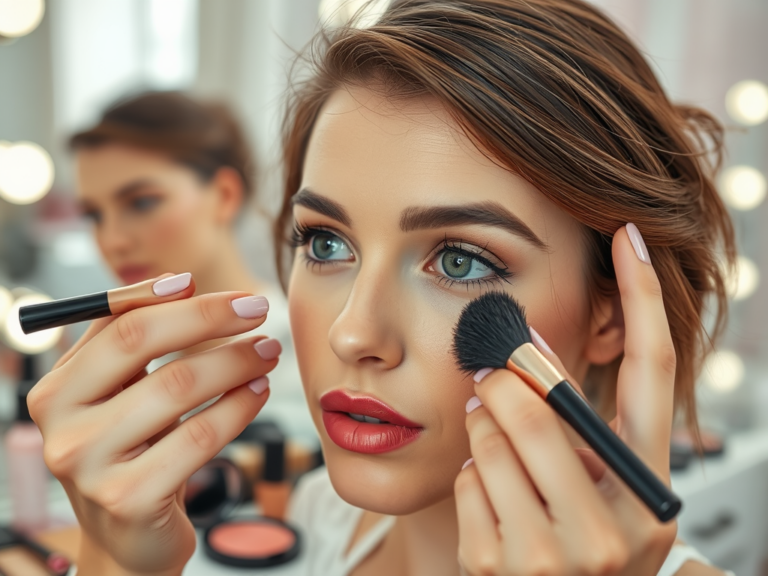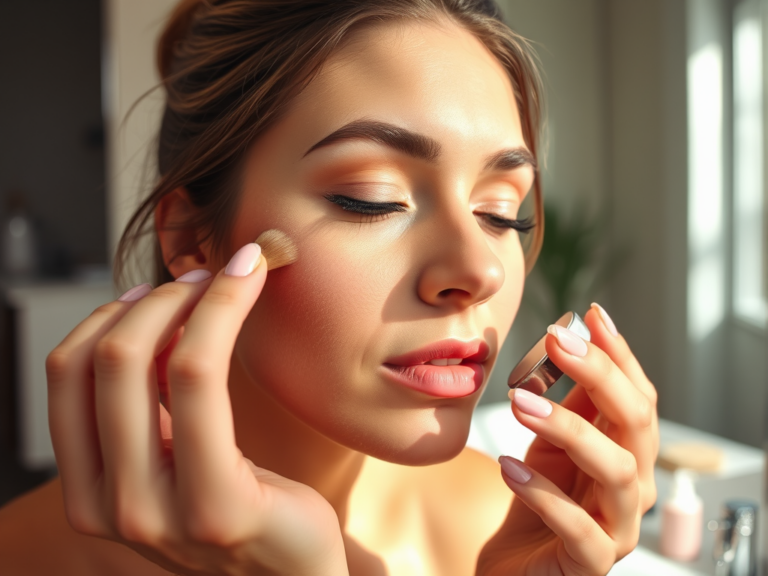Are you ready to elevate your skincare regimen? The combination of retinol and hyaluronic acid has taken the beauty world by storm, thanks to their complementary benefits. Retinol, a powerful derivative of vitamin A, is famed for its ability to diminish fine lines and promote cell turnover. In contrast, hyaluronic acid, a natural humectant, provides a much-needed hydration boost. When these two powerful ingredients are combined, they can lead to remarkable skin improvements. This article will guide you through the process of incorporating both retinol and hyaluronic acid into your skincare routine for optimal results.
Understanding Retinol and Its Benefits

Retinol is renowned for its multifaceted benefits in skincare. It promotes cell turnover, revealing fresh skin beneath the surface. By encouraging the shedding of dead skin cells, retinol helps reduce the appearance of wrinkles and fine lines. Over time, retinol can also help to fade hyperpigmentation and acne scars, contributing to a more even skin tone.
As you embark on your skincare journey with retinol, it’s crucial to understand that its potency can sometimes lead to side effects such as dryness or irritation. However, when used correctly, you can achieve dazzling results. Explore how this powerhouse ingredient can transform your skin while prioritizing comfort and hydration.
The Role of Hyaluronic Acid in Skincare

Hyaluronic acid boasts a unique ability to attract and retain moisture in the skin. With a capacity to hold up to 1,000 times its weight in water, hyaluronic acid serves as a hydration magnet, making your skin plump and dewy. This is particularly beneficial for those using retinol, as it counteracts the potential dryness caused by the ingredient. By maintaining hydration, hyaluronic acid enables you to reap the benefits of retinol without compromising comfort.
Why You Should Combine Retinol with Hyaluronic Acid
The synergy between retinol and hyaluronic acid creates an effective skincare duo. As you layer these constituents in your routine, their strengths reveal themselves in delightful ways:
- Hydration Balance: Hyaluronic acid mitigates the dryness often associated with retinol, allowing for a more comfortable experience.
- Enhanced Efficacy: The pairing amplifies the anti-aging effects of retinol while keeping skin nourished.
- Improved Tolerance: Together, they allow you to increase the frequency and amount of retinol used, enabling better results without irritation.
How to Start Using Retinol in Your Routine
Introducing retinol into your skincare regimen requires some planning. It is essential to adopt a gradual approach, especially if this is your first experience with this active ingredient. Here are the key steps to consider:
- Choose the Right Concentration: Start with a lower concentration (0.25%-0.5%) to allow your skin time to acclimate.
- Patch Test: Performing a patch test is vital to assessing how your skin reacts to retinol.
- Frequency of Use: Start with applications 1-2 times a week and increase the frequency as your skin builds tolerance.
| Retinol Strength | Suggested Frequency | Skin Type |
|---|---|---|
| 0.25% | 1-2 times a week | Sensitive Skin |
| 0.5% | 3-4 times a week | Normal to Combination Skin |
| 1% and above | Every other night | Resilient Skin |
Best Practices for Incorporating Hyaluronic Acid
In tandem with retinol, it’s essential to apply hyaluronic acid in a way that maximizes its benefits:
- Apply After Cleansing: Integrate hydrating toners or essences before applying hyaluronic acid for enhanced absorption.
- Layering Order: After you’ve let retinol settle, gently apply hyaluronic acid to lock in moisture effectively.
- Moisturizer on Top: Always follow with a moisturizer to seal in the benefits and reduce potential irritation from retinol.
Tips for Maximizing Results
To make the most of your new skincare routine, keep these tips in mind:
- Use Sunscreen: Daily sunscreen application is crucial when using retinol, as it increases sun sensitivity.
- Stay Consistent: Stick with your routine for at least a few weeks to observe significant improvements.
Conclusion
Incorporating retinol into your skincare routine with hyaluronic acid can yield remarkable results. By understanding how to effectively blend these two ingredients, you can not only improve your skin’s appearance but also enhance its health. Embrace the power of hydration alongside the transformative qualities of retinol, and watch your skin flourish. Remember to take gradual steps, stay consistent, and protect your skin from sun exposure. The journey to radiant, youthful skin is within your reach.
Frequently Asked Questions
- What is retinol, and why is it important? Retinol is a vitamin A derivative that promotes cell turnover and reduces the appearance of fine lines and wrinkles.
- Can I use retinol every day? It’s best to start slowly, using retinol 1-2 times a week, then gradually increase usage as your skin builds tolerance.
- How does hyaluronic acid help with retinol use? Hyaluronic acid helps counteract dryness and irritation from retinol by attracting moisture to the skin.
- What is the best time to apply retinol? Retinol is most effective when applied at night, as skin repairs itself during sleep.
- Can I use other active ingredients with retinol? Be cautious with strong actives like AHAs or BHAs together with retinol, as they can increase irritation. Always consult a dermatologist if unsure.






